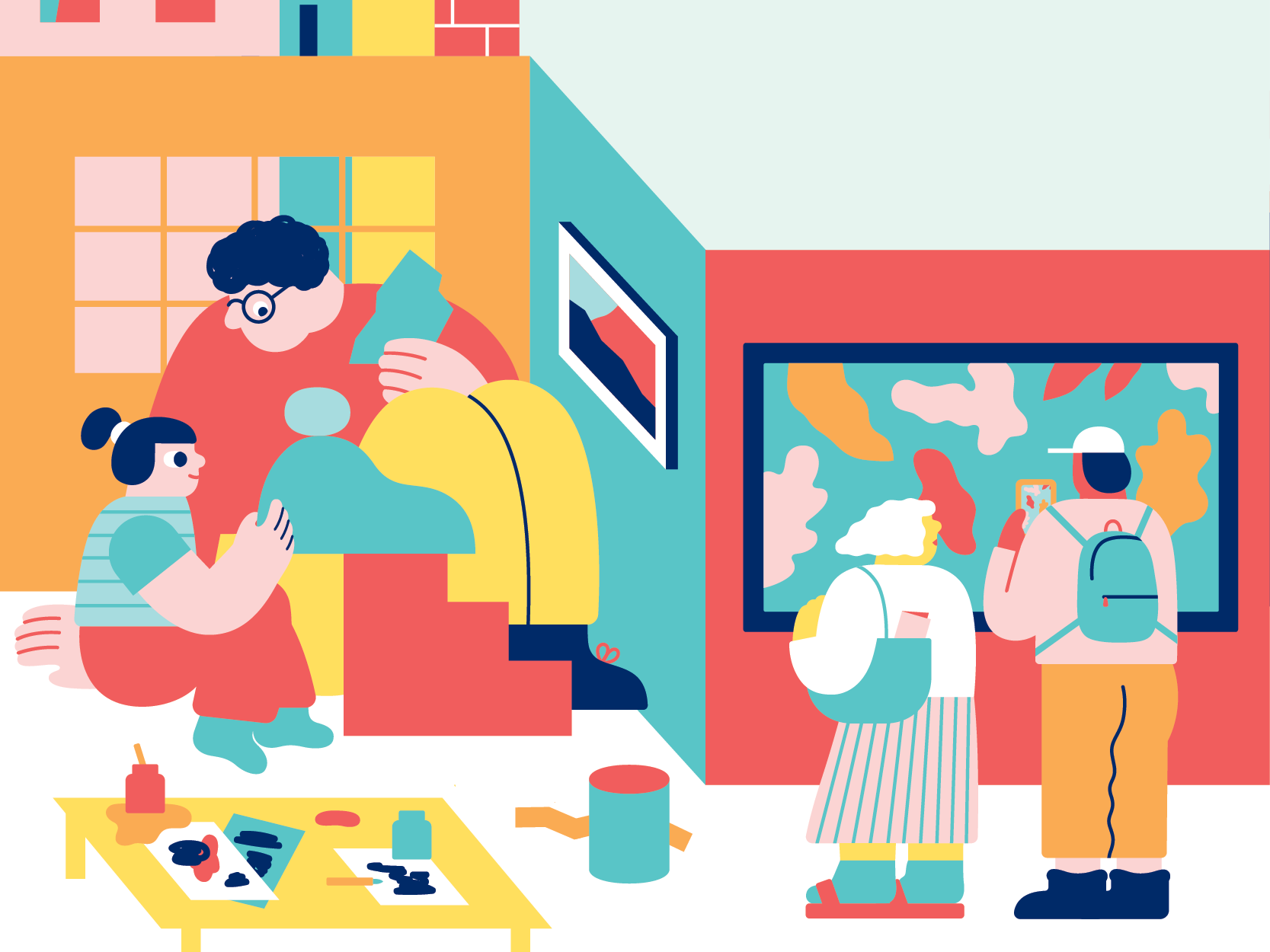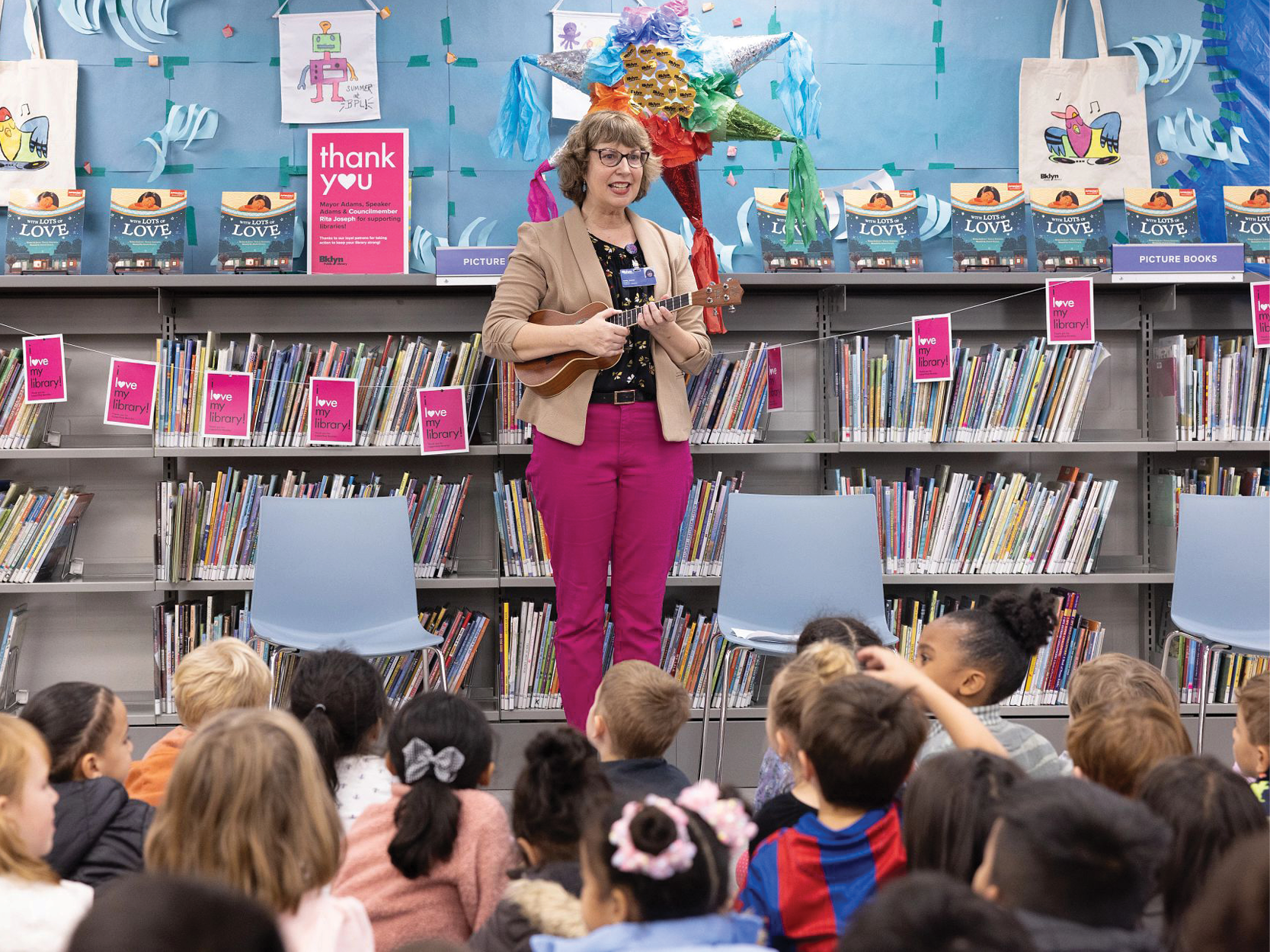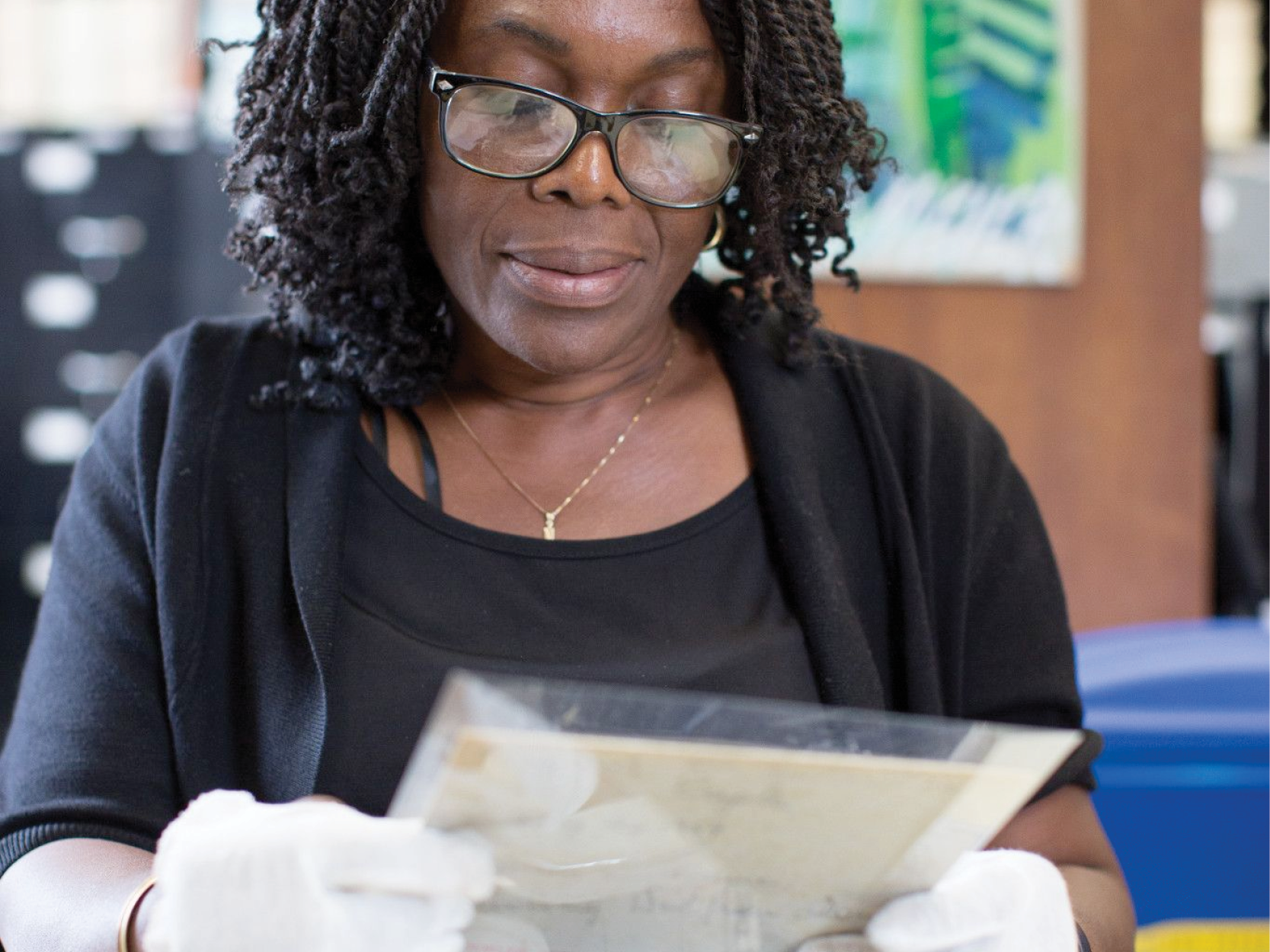Brooklyn Connections is the education outreach program in the Brooklyn Collection. It focuses on cultivating 21st Century learning skills in students and supporting teachers on the incorporation of archives materials into curricula. This blog post is part of a series from the Brooklyn Connections team, sharing skills and ideas for using archives primary source material in the classroom. Using primary sources in the classroom shows us that we can access history through many different formats as long as we are grounded in historical thinking.
A History Mystery is a fun way to create an activity that engages students with a topic while building skills for analyzing primary sources and using them as evidence. But: what exactly is a history mystery? And, how could you make one for your students?
Our current exhibition at the Brooklyn Collection, Food Fit for Kings County: The Culinary History of Brooklyn, inspired us to think more about food from Brooklyn. We dove into the archive to find sources that would help us construct a history mystery about some kind of food that has a special place in our borough’s past.
Getting Ready
What is a history mystery? This stand-alone activity asks students to analyze a collection of primary sources in order to construct a narrative which answers a question or set of questions. Students will practice making observations and inferences, and then using this analysis as evidence for a narrative which responds to the research question. Students will gain knowledge of a historic event, person, or place, with supplemental content.
All you’ll need for a successful history mystery is a group of primary sources that, when assembled together, tell a story. You’ll also want to prepare a set of questions that will guide students through the primary sources in a meaningful way. You can find our questions on the handout in our History Mystery Lesson Plan.
We put together a history mystery about Peter Cooper and his glue factory at Newtown Creek. We chose a range of different types of sources to expose students to the various ways that we learn about a single topic. These are all available in our lesson plan; they include:
An atlas page showing Peter Cooper’s Glue Factory in 1880:
.jpg)
A newspaper article about a tragedy at the factory in 1859:
.jpg)
An advertisement from 1867 for a new product made by Peter Cooper:
.jpg)
A patent filed by Peter Cooper in 1845:
Getting Started
Begin this activity by reviewing the definition of observations and inferences with your students; you can check out our blog post about that to refresh your memory.
Next, distribute a set of the primary sources for your activity to each group of students. Depending on the dynamics of your class, you may wish students to work in pairs, or in larger groups.
Invite students to look at their sources, make observations, and note any connections between various sources.
Distribute a handout with your questions; read through the questions with your students. You may wish to invite them to share a few of their responses out loud, or you could ask students to work in their groups to complete the questions.
If time permits, invite each group to present its findings. Who solved the mystery correctly? What else do we still want to learn about this topic?
For our history mystery, we asked what Brooklyn business played a key role in the development of a now-everyday food. Our sources tell us that Peter Cooper’s glue factory developed and produced what we now know as gelatin.
Assessment
Assess this activity by observing how students interact with primary sources during their work time: are they able to make concrete observations, or are they tempted to jump straight into inferences that they have not found evidence to support?
You can also assess students’ ability to correlate multiple sources by evaluating their completion and comprehension of the questions you assign.
Differentiation
When finding sources, you’ll want to be aware of the students you’re working with and make sure to scaffold your sources accordingly: be sensitive to the reading level that students are at, or the ability they’ve previously demonstrated to draw conclusions by correlating observations. Choose more visually-based or more text-based sources accordingly.
As you create questions for students to respond to, do so with your students’ learning level in mind. Your students may be able to answer one large question based on their overall analysis of the material. Or, you could ask a series of smaller, fact-based questions that will help them analyze the primary source they’re presented with, leading them to an essential question that they’ll then be equipped to respond to.
You may decide to work through one primary source at a time with your entire class, inviting students to analyze each document together, and then asking them to answer your questions on their own. This will help students who may have difficulty analyzing primary sources independently.
Finding Sources
If you don’t have your own collection of primary sources for creating a history mystery, you can look for primary source material in a few easy places online:
Library of Congress loc.gov: Use the “search” box at the top right to search everything from Library of Congress that has been digitized.
Digital Public Library of America dp.la: DPLA includes digital content from museums, universities, libraries, and archives across the country. Search results can be narrowed by location and date, using facets on the left of the results page.
Chronicling America chroniclingamerica.loc.gov: America's historic newspaper pages from 1789-1943
National Archives archives.gov: The nations’ record keeper: government documents, military records, genealogical information, photographs, iconic and important national documents, etc.
You can also look for local institutions like public libraries, university archives, historical societies, and museums. Many of these institutions have some collections available online. Your state may also have digital collections for you to explore.
If you come up with a new history mystery activity for your students, feel free to share it in the comments below!
This blog post reflects the opinions of the author and does not necessarily represent the views of Brooklyn Public Library.
Post a Comment
While BPL encourages an open forum, posts and comments are moderated by library staff. BPL reserves the right, within its sole discretion, not to post and to remove submissions or comments that are unlawful or violate this policy. While comments will not be edited by BPL personnel, a comment may be deleted if it violates our comment policy.
eNews Signup
Get the latest updates from BPL and be the first to know about new programs, author talks, exciting events and opportunities to support your local library.








